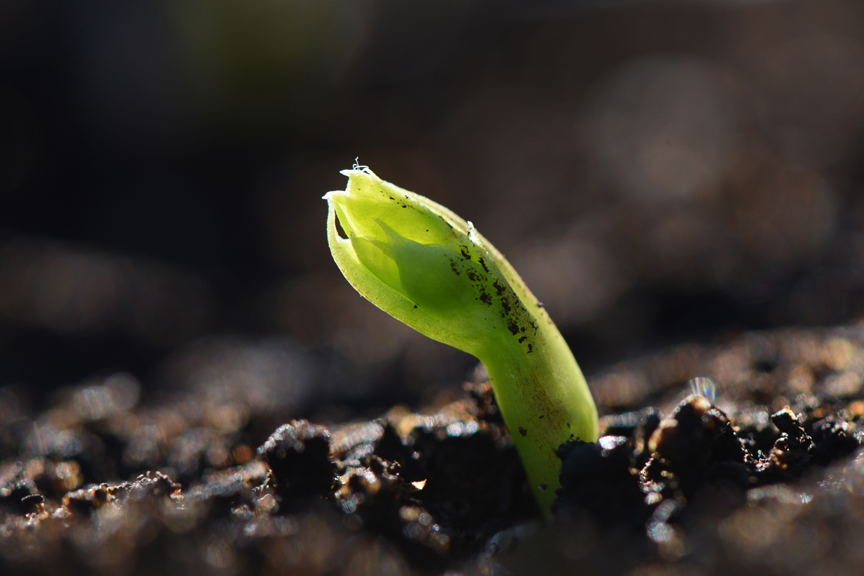
Gardening Green with Doug
St. Patrick’s Day Marks the Start of Pea Planting
By Doug Oster
March 10, 2022
For long-time gardeners, their beloved landscapes are steeped in tradition. When certain plants emerge, they evoke special memories of friends and loved ones, some of who are no longer with us.
It’s bittersweet to stand over delicate, rare cultivars shared by other gardeners who have since passed.
I hope whoever inherits my garden will enjoy the plants, even though they’ll never know the special meaning they hold.
It’s part of the fabric of our gardens and something new gardeners will learn about as the years pass.
There’s also a similar feeling about seasonal planting, which brings me to my annual homage to my grandmother, who each spring reminded us all that “peas were to be planted on St. Patrick’s Day come hell or high water” — and that’s the way she would say it too.
It’s time to find seeds at local nurseries or online and prepare for planting the first vegetable crop of the season. For me — thanks to Granny — it’s always snow peas. My favorite variety for years was ‘Oregon Sugar Pod II’, and I still plant them today, but I’ve fallen under the spell of another: ‘Shiraz Purple Snow’ pea of late from John Scheepers Kitchen Garden Seeds. Not only are the purple flowers and pods beautiful, but they are tender and tasty.
Unlike the Oregon variety, Shiraz continues to produce into the heat of early summer.
Leaving a few vines in the garden resulted in dried pea seeds dropping to the ground and sprouting for a fall harvest.
How to Plant Peas
The key to growing any pea is to get the seeds in the ground as soon as the soil can be worked, as they thrive in cold spring weather and give up as temperatures consistently rise above 70 degrees.
More traditional peas include ‘Sugar Snap,’ ‘Sugar Ann’ (very early), ‘Little Marvel’ and ‘Tall Telephone,’ but there are hundreds of cultivars to explore. One more cool purple variety I’ve enjoyed is ‘Sugar Magnolia.’
Peas are the only seeds I soak overnight before planting. They swell three times their original size as they take up the moisture, which aids germination in the cool soil.
Some gardeners swear by adding an organic inoculant to the seeds before planting to improve performance. I’ve never used one, as the garden is rich with compost and the plants thrive. The seeds are dropped into a shallow furrow and covered up with the native garden soil.
Some years, I’ll cover the entire bed with a clear three mil thick drop cloth from the hardware store to warm the soil and assure sprouting. It’s pulled off during a good rain and then for good as soon as there are any signs of germination.
Most peas will need some type of support in the form of a short trellis or fence. Even three-foot-tall sticks from the forest can be pressed in the soil after planting for the plants to climb on.
Pea Planting Problems
Another traditional saying goes, “If the soil sticks to the shovel, it’s too wet to work.” It’s so true, but what’s a gardener to do on St. Patrick’s Day when the snow has recently melted into the garden?
If the garden isn’t ready, there are a couple of simple solutions. The first is to buy a bag of good compost and dump it directly on the planting bed. The seeds can be planted directly in the compost, it’s an instant garden.
Sometimes the soil is still covered in snow, in that case, the peas can be planted in something called peat pots, my favorite though is Cow Pots, which are made from cow manure and release their nutrients as they fade away.
These types of containers are biodegradable and since peas resent being transplanted can be planted when the soil dries out without disturbing the roots of the plant.
I’ve experimented though with growing peas in regular six-packs and transplanting them as I would other plants. It sets them back about two weeks, which actually lengthens the harvest.
Cool-Weather Crops to Plant in March
Even though peas are traditionally the first seeds to be sown, other cool-weather crops will also excel when planted on the holiday too.
Lettuce, arugula, beets, Swiss chard, tatsoi, radishes and other leafy greens are just some of the varieties which will enjoy a late winter/early spring planting.
If things don’t work out to get the seeds in on March 17, there’s still plenty of time to plant everything discussed here.
My grandmother passed away over 30 years ago, I know she’d be glad to know my peas will be in the ground on St. Patrick’s Day, come hell or high water.
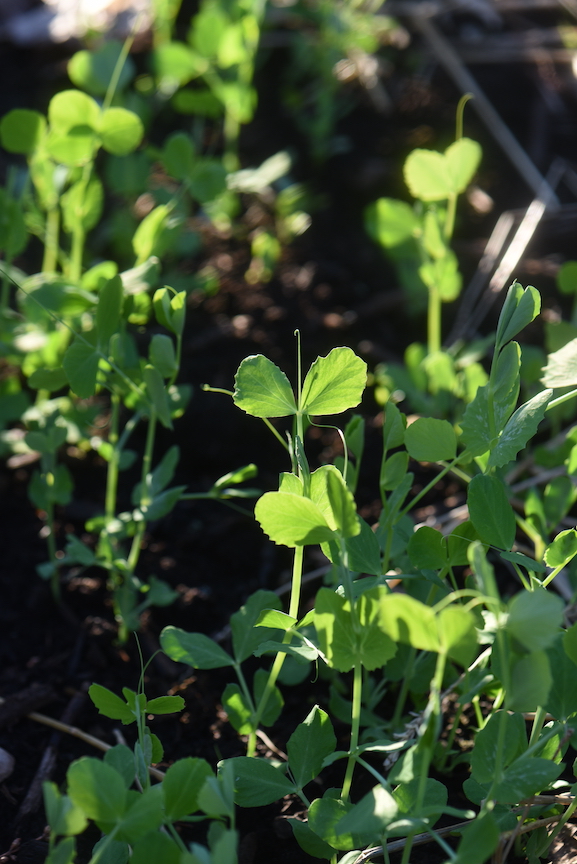
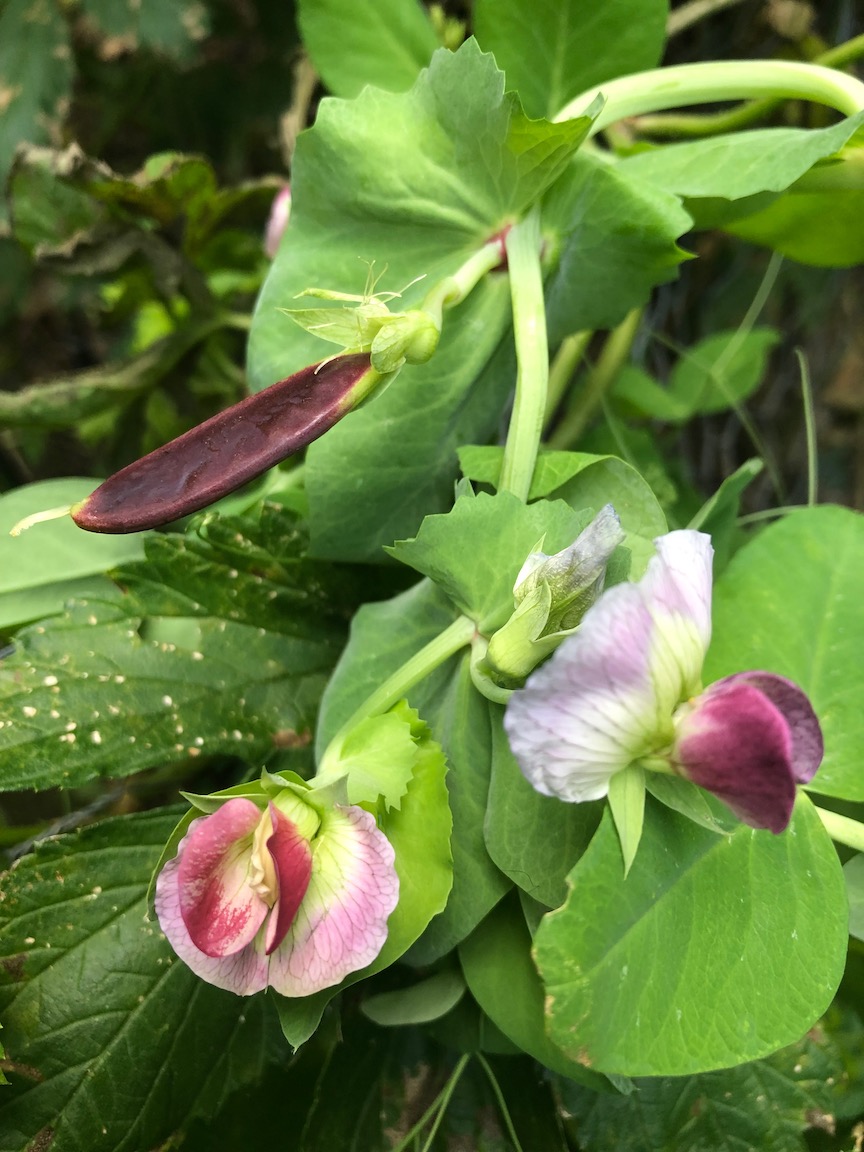
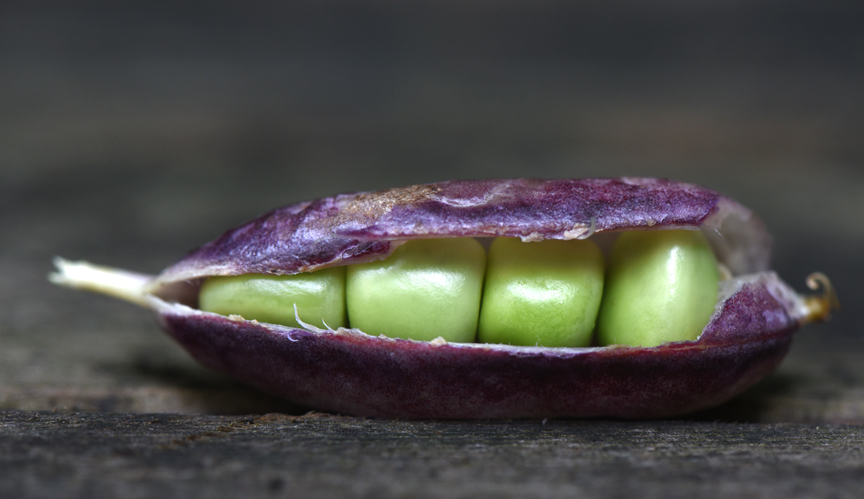
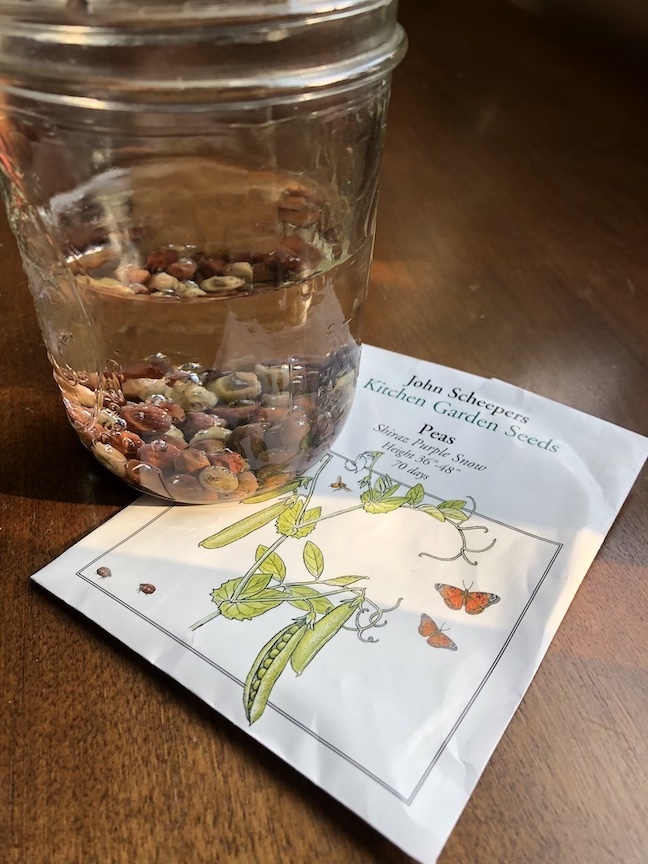
See Doug at the Duquesne Light Pittsburgh Home and Garden Show, and win free tickets.
Doug will appear this Friday through Sunday (March 11-March 13, 2022) at 1 p.m., speaking about growing a great garden while appearing at the Duquesne Light Pittsburgh Home and Garden Show held at the David L. Lawrence Convention Center.
He’s giving two tickets away for each day. Just email dougoster@comcast.net and place the word TICKETS in the subject line to be entered.

Leave A Comment